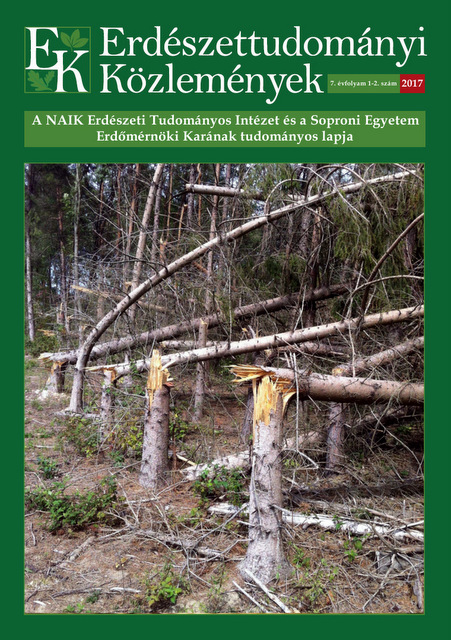Rapid area expansion and mass occurrences of the invasive oak lace bug [Corythucha arcuata (Say 1932)] in Hungary
Mariann Csepelényi, Anikó Hirka, Ágnes Szénási, Ágnes Mikó, Levente Szőcs & György Csóka
Correspondence
Correspondence: Csóka György
Postal address: H-3232 Mátrafüred, Hegyalja u. 18.
e-mail: csokagy[at]erti.hu
Abstract
The North American oak lace bug (Corythucha arcuata) was first discovered in Europe in Northern Italy (2000). In 2013, it was found in Hungary. In the last five years, particularly in 2016 and 2017, the species showed rapid area expansion. Until autumn 2017 it has been found in all Hungarian counties except five ones (Borsod-Abaúj-Zemplén, Nógrád; Győr-Moson-Sopron, Vas and Veszprém). Outbreaks were recorded in several pedunculate oak stands in Békés, Csongrád, Jász-Nagykun-Szolnok and Baranya counties, covering ca. 5,000 hectares of forest area in total. Further spread and outbreaks are expected in the next years. The severe infestation causes mass yellowing of the foliage by early and mid-July, long term consequences of this effect are not yet known. Neither efficient nor environmentally friendly control methods were established by now.
Keywords: invasive species, oak lace bug, Corythucha arcuata, area expansion, Quercus
Open Acces
For non-commercial purposes, let others distribute and copy the article, and include in a collective work, as long as they cite the author(s) and the journal, and provided they do not alter or modify the article.
Cite this article as:
Csepelényi, M., Hirka, A., Szénási, Á., Mikó, Á., Szőcs, L. & Csóka, Gy. (2017): Rapid area expansion and mass occurrences of the invasive oak lace bug [Corythucha arcuata (Say 1932)] in Hungary. Bulletin of Forestry Science, 7(2): 127-134. (in Hungarian) DOI: 10.17164/EK.2017.009
Volume 7, Issue 2
Pages: 127-134
First published:
1 December 2017
Related content
2
More articles
by this authors
8
Related content in the Bulletin of Forestry Science*
More articles by this authors in the Bulletin of Forestry Science
* Automatically generated recommendations based on the occurrence of keywords given by authors in the titles and abstracts of other articles. For more detailed search please use the manual search.
